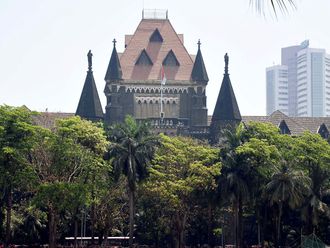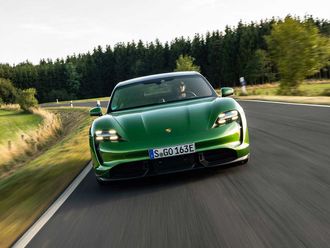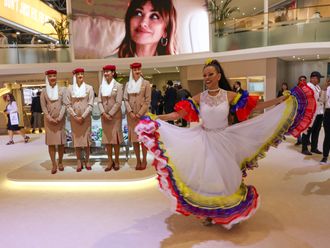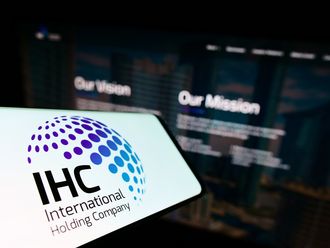Dubai: Saudi Telecom Company (STC) has emerged as the Middle East’s powerhouse brand in value terms (at $6.21 billion (Dh22.7 billion) against 2015’s $5.61 billion) and flying ahead of Emirates airline (at $6.08 billion from 2015’s $7.74 billion).
The gains by the former were brought on by the consistent efforts it had made to modernise itself in the last three to four years, while Emirates was impacted by the uncertain operating climate for regional airlines, according to the UK-based Brand Finance, which comes up with the annual rankings.
Emirates had been the most valuable brand in the Middle East since Brand Finance initiated the rankings in 2010. (But it remains the most “powerful brand” in the region given its investments in marketing and how this plays out on profitability and revenues. In contrast, brand value is tuned on more intangible factors such as perceptions about its products and services.)
In the Middle East, the Top 10 rankings were dominated by etisalat at number three (at $5.51 billion), Qatar National Bank (placed fourth with $3.82 billion) and Emirates NBD (with $3.4 billion for a fifth place). The others were the Qatari telco Ooredoo, Saudi Arabia’s dairy giant Al Marai, Abu Dhabi’s National Bank of Abu Dhabi, another telco is Zain of Kuwait, and Abu Dhabi Commercial Bank.
Moreover, UAE-based brands retain the highest share — at 44 per cent — as a percentage of brand value among the Middle East’s Top 50 brands. Saudi Arabia comes next with 32 per cent.
Tech/media brands
At the global level, Google pipped Apple to the top spot, “brought on more a by relatively lacklustre performance by Apple in the early part of last year and which told on its branding,” said Andrew Campbell, Managing Director of Brand Finance M.E. (The rest of the top 10 global listing was dominated by tech/media brands, with only Wal-Mart and a Chinese banking major ICBC.) “Emirates and Qatar Airways were primarily impacted by external factors such as the strong dollar and by the economic outlook for the region,” said Campbell. (Qatar Airways saw its brand value slide 38 per cent to $2.16 billion, in turn losing its status as Qatar’s most valuable brand to QNB.)
As for STC, “it is re-engaging its many stakeholders with a fresh, personable outlook. A clear indication of its success is the five-point increase in its brand strength index score, proving that putting some heart into it pays off.”
In fact, the presence of so many telcos in the region’s top brand valuations shouldn’t be a surprise. These brands and the services they offer on multiple platforms make them near universal. And with the sort of smartphone penetration this part of the world has, telcos have managed to offer up a certain level of consumer experience and backed it up with marketing dollars.
Banking
The other category that rules the Middle East brand perceptions is banking — “Apart from investing more in brand marketing, there is the drive towards a digital online future and that’s a strength,” Campbell said.
Banking makes up the biggest share of total brand value of the “Brand Finance Middle East’s 50”, comprising 43 per cent of the $75 billion total. Banking is also the source of the region’s fastest growing brand — Dubai Islamic Bank, up 136 per cent last year.
According to Brand Finance’s head banking analyst, Alex Corringham: “The increase in brand performance of so many of the Middle East’s bank brands has come about as a result of more favourable economic conditions, international expansion and an increased need for branded products and services within these markets. Over the past few years many have replaced their older, more localised brand names and logos for those that resonate with consumers and can be recognised on an international level.”












